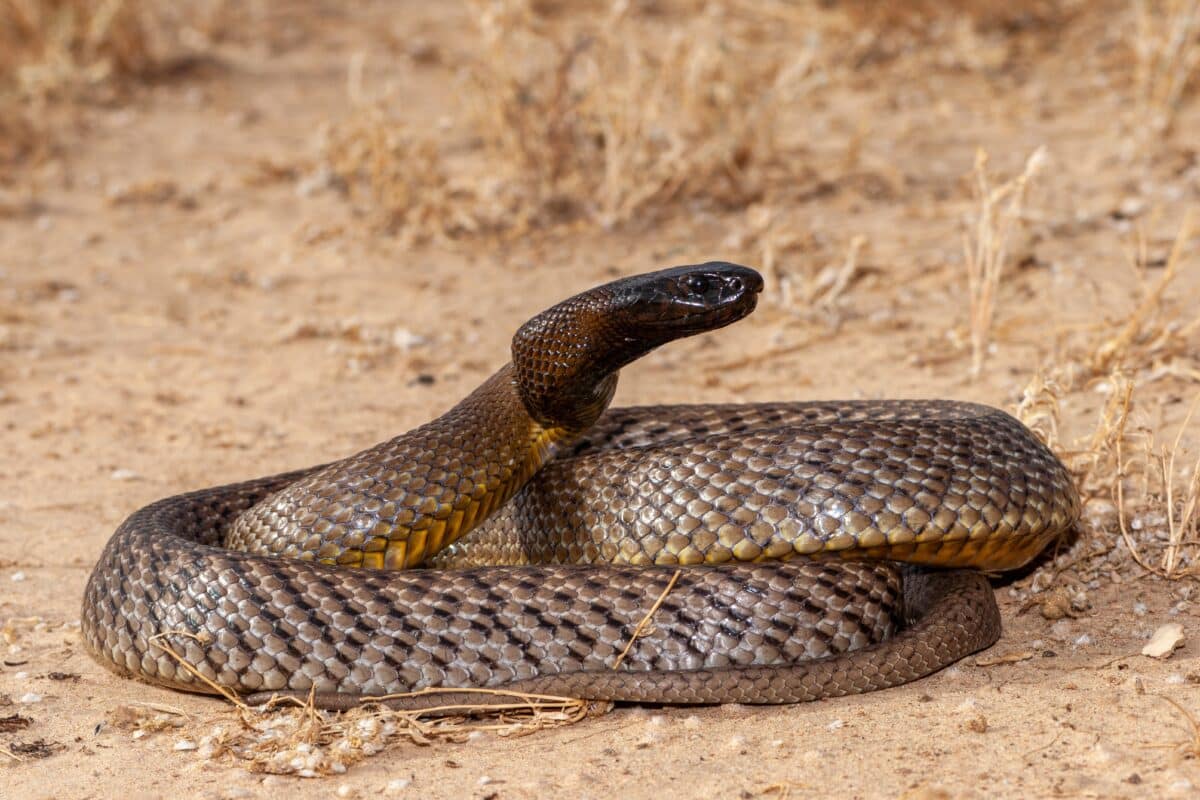Introduction
When it involves the fascinating globe of serpents, few varieties catch the creative imagination rather like the infant tiger serpent. Known for their distinctive coloration and potent poison, these serpents are an important part of Australia's special community. Discover more In this comprehensive post, we will look into different elements of infant tiger serpents, including their habits, environment, and just how to securely connect with them. Whether you're a wild animals fanatic or simply interested regarding these creatures, understanding child tiger serpents can assist foster a deeper Find more info admiration for nature.

Baby Tiger Snakes: What You Need to Know About Their Behavior and Habitat
What Are Infant Tiger Snakes?
Baby tiger serpents are adolescent types of the extremely poisonous types recognized clinically as Notechis scutatus These snakes are mainly located in seaside regions of Australia, specifically in Tasmania and southern Victoria. As they grow, their coloration modifications from a much more low-key palette to the particular yellow and black bands that provide their name.
One noteworthy facet of child tiger serpents is their dimension; hatchlings usually gauge around 25-30 centimeters in length. In spite of their small stature, they have a surprising amount of poison that can be damaging to people if bitten.
Physical Characteristics
Tiger serpents possess several crucial physical traits:
- Coloration: The distinct banding pattern frequently becomes extra pronounced as they mature. Size: Adults can get to sizes of up to 2 meters. Body Shape: They have a durable body that aids in swimming and terrestrial movement.
Where Do Infant Tiger Snakes Live? Recognizing Their Habitat
Understanding the habitat preferences of baby tiger snakes is important for both conservation efforts and public security. These serpents flourish in different atmospheres:
- Wetlands: Marshes and swamps offer sufficient hunting grounds. Coastal Regions: Frequently located near beaches where they can hunt for prey. Woodlands: Dense vegetation provides cover from predators.
Geographical Distribution
Tiger serpents are mostly located along Australia's southern coastline, consisting of:

- Tasmania: Home to one of the most notorious populations. Victoria: Particularly in locations near water bodies.
Are Tiger Snakes Venomous? A Deep Study Their Venom
One common inquiry develops when talking about baby tiger snakes: "Are tiger snakes venomous?" The response is a resounding yes!
Venom Composition
The venom of tiger snakes includes neurotoxins that can cause paralysis, coagulopathy (blood clot issues), and possibly fatality if neglected. Below's what you need to understand:
- Effects on Humans: An attack from a tiger serpent can lead to signs like swelling, pain at the bite website, nausea, and even respiratory failure.
Comparison with Various other Venomous Snakes
In comparison to other Australian snakes such as the eastern brown snake or king brown serpent, tiger snake venom is taken into consideration among the most powerful. Nevertheless, fatalities are unusual as a result of better clinical therapies and access to antivenom.
Behavioral Patterns of Child Tiger Snakes
Understanding exactly how child tiger snakes act is crucial for those who live in or see areas where these reptiles are prevalent.
Nocturnal Habits
Most infant tiger snakes display nighttime actions. They often tend to forage for food during cooler evening temperature levels. This versatility aids them prevent predators while boosting their searching efficiency.
Hunting Techniques
Their hunting strategies consist of:
- Ambush Predation: Waiting stationary up until prey comes close. Active Foraging: Proactively relocating via plants or along rivers in search of food.
First Aid for Serpent Bites: What You Need to Know
Despite being remarkable creatures, experiences with child tiger snakes can result in harmful circumstances if attacks occur. Knowing emergency treatment procedures can conserve lives.
Immediate Steps After a Bite
Remain tranquility; panic boosts heart rate. Immobilize the impacted limb making use of a splint or bandage. Seek instant clinical focus-- antivenom might be necessary.Creating a Snake Bite First Aid Kit
A well-prepared emergency treatment set should include:
|Product|Function|| ------------------------------|--------------------------------------|| Compression bandage|To incapacitate the limb|| Splint|Maintains busted bones or joints|| Antihistamines|Alleviates allergic reactions|| Emergency situation contact numbers|Quick gain access to during emergency situations|
Common Myths Regarding Tiger Snakes Debunked
Many misconceptions border these intriguing reptiles; allow's clear up some misconceptions typically held by people.
Myth # 1: All Tiger Snakes Are Aggressive
While some individuals may show protective actions when endangered, not all tiger snakes display aggression in the direction of human beings unless provoked.
Myth # 2: Baby Tiger Snakes Are Less Unsafe Than Adults
This myth can not be even more from the fact! Baby tiger serpents have virtually as much poison as grownups relative to their size; hence they pose considerable dangers if bitten.
FAQs About Baby Tiger Snakes
What do child tiger snakes eat?- They mainly eat tiny animals, birds, frogs, and fish.
- Look for slender bodies with pale banding patterns that become much more pronounced as they mature.
- Yes! Birds of prey and larger reptiles may target them.
- Typically every few weeks as they proliferate throughout their very early life stages.
- While some individuals do keep them illegally without authorizations due to their hazardous nature; it's usually not advised given their venomous status.
- With prompt medical therapy-- including antivenom-- the survival rate is high!
Conclusion
In summary, comprehending infant tiger snakes-- what they eat, where they live, exactly how they behave-- can equip us with valuable knowledge regarding these remarkable yet harmful animals. The value of education and learning surrounding emergency treatment measures can not be overemphasized; recognizing exactly how to respond properly after a bite might conserve lives while cultivating regard for our slithering next-door neighbors within Australia's rich biodiversity spectrum.

By valuing these serpents' duties within ecological communities-- and identifying possible dangers-- we advertise conjunction as opposed to fear-based responses towards one another's existence Browse around this site in nature's grand tapestry! Whether you're a devoted hiker considering your following adventure or just interested about neighborhood wildlife encounters near home-- this overview works as your trusted referral factor on the enigmatic globe occupied by our close friends-- the stunning baby tiger snake!